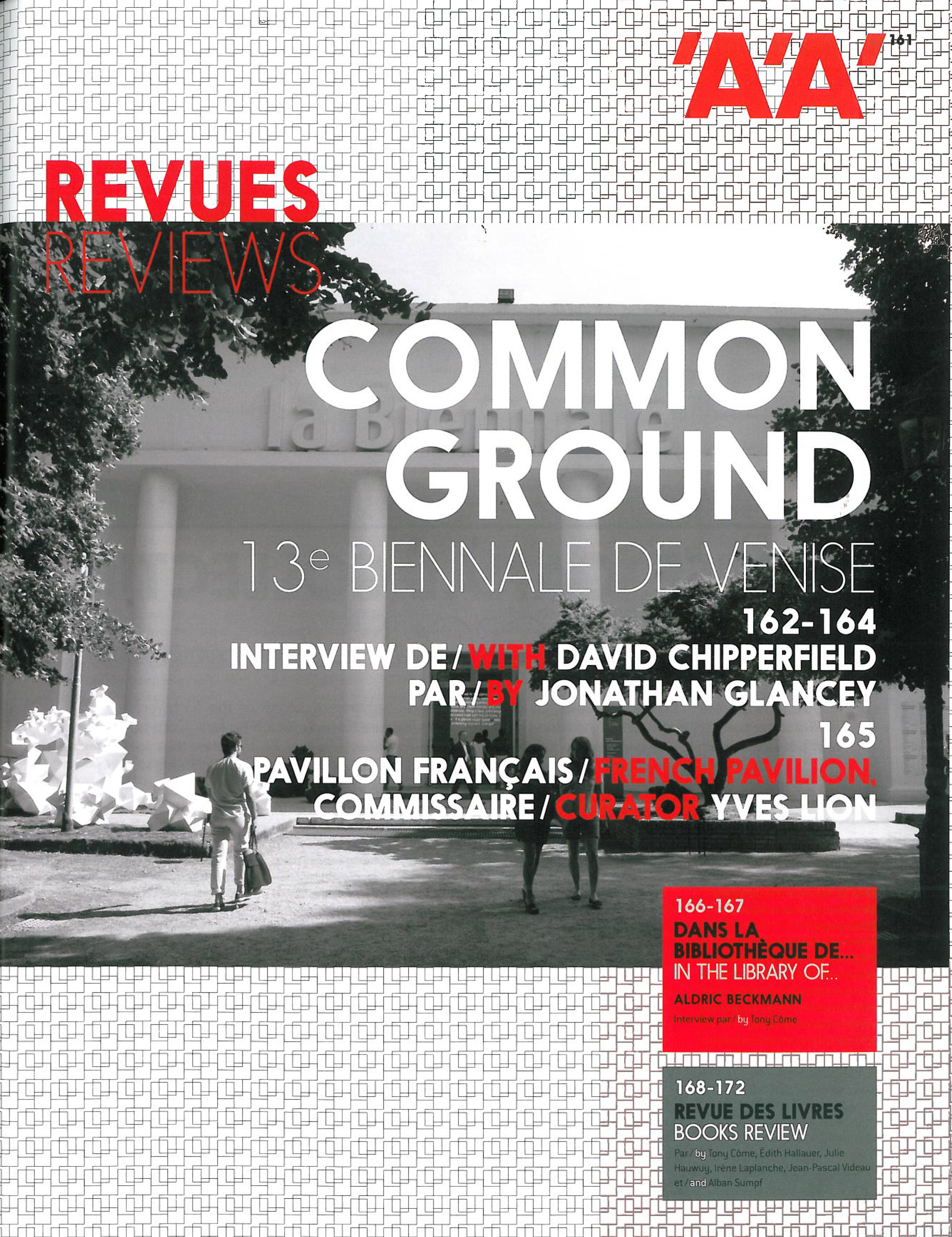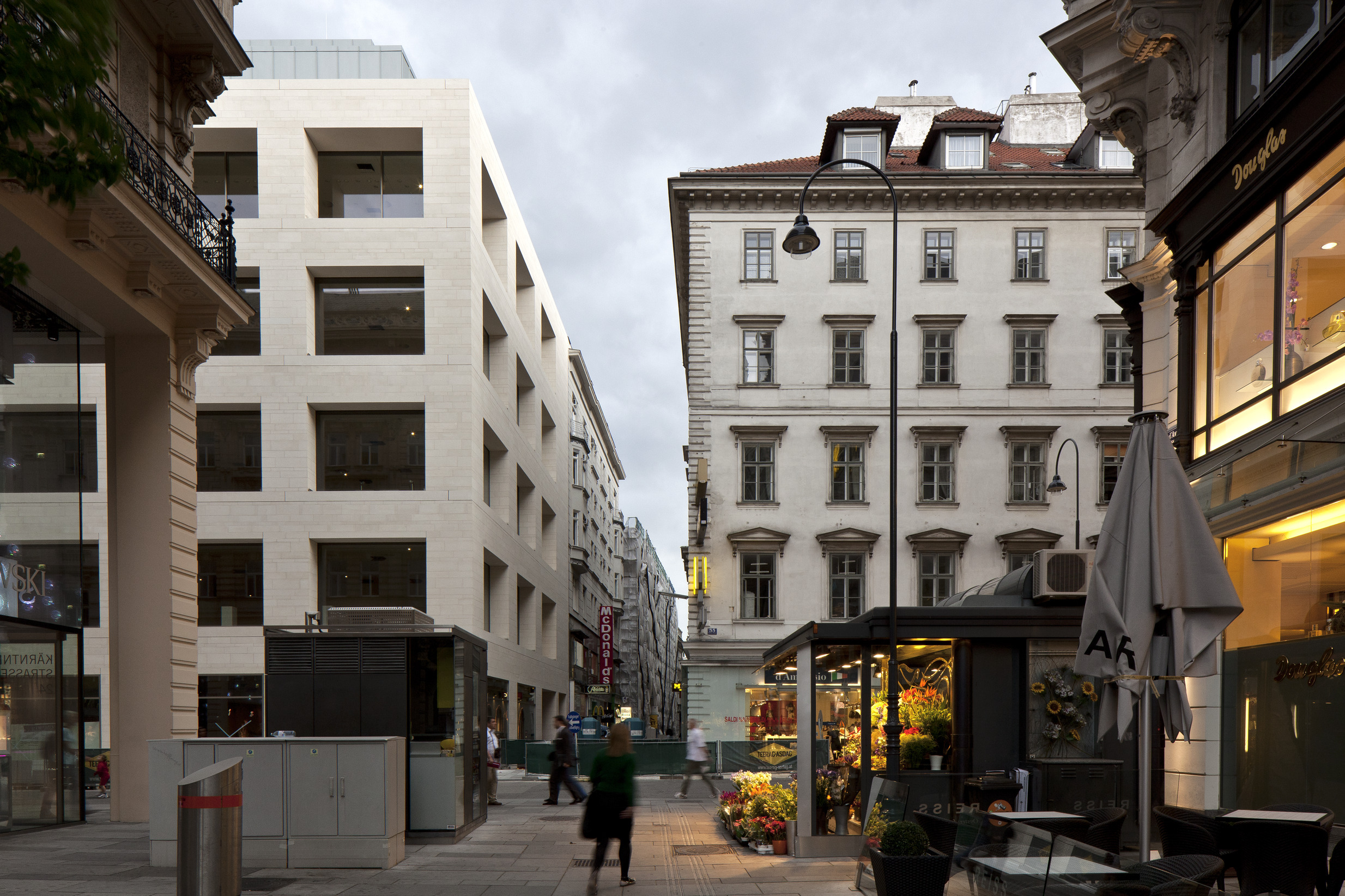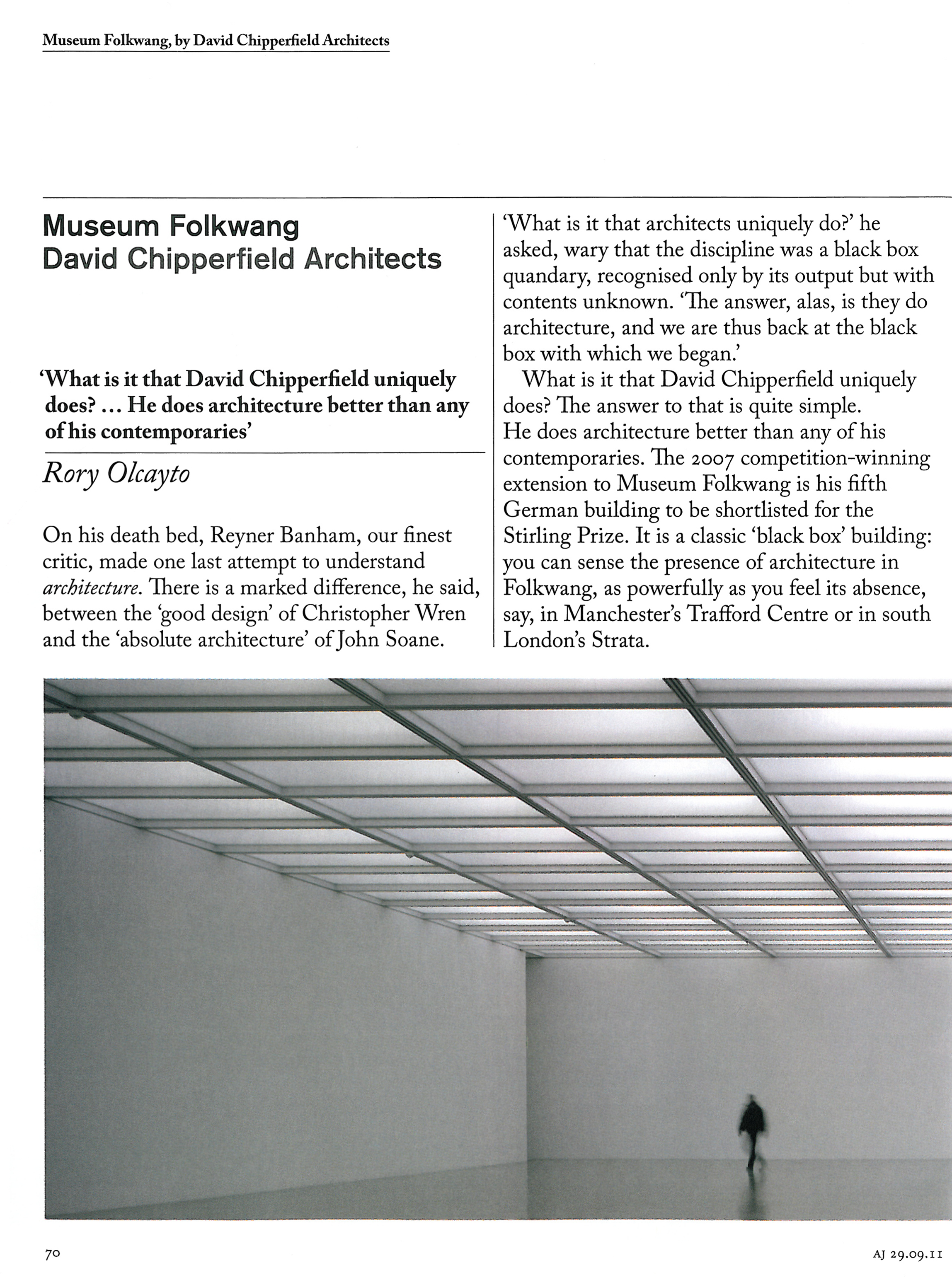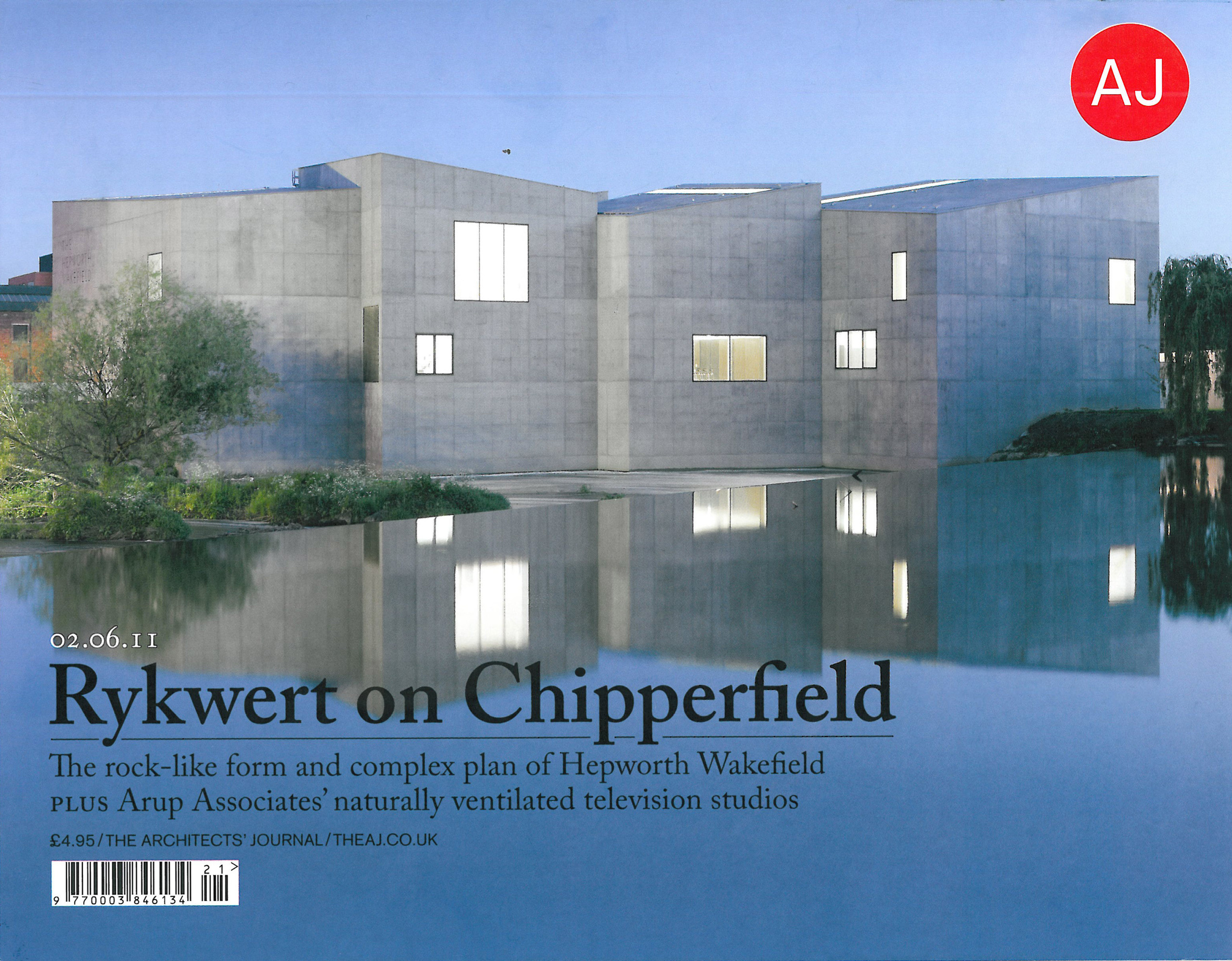âAs a showcase of contemporary culture, the Venice Architecture Biennale is for the thoughtful and the engaged.â
The Venice Biennale is architectural cultureâs premier showcase, but it has occasionally struggled to speak to the world beyond the profession. Architectsâ concerns can seem narcissistic in the face of economic and humanitarian crises, displaying a thoroughly insular inability to read the concerns of the world in which they operate.
This yearâs curator, the British architect David Chipperfield, has aimed to respond to the global economic crisis with his title, Common Ground. This vague but subtly leftish phrase, loosely echoing the work of sociologist Richard Sennett, invokes a spirit of the common good, of a culture of shared intellectual and social values. But it also appeals to architects to come together and look beyond the beauty parade of the exhibition and to explore common concerns that could unite them rather than setting them in competition.
Unlike the annual film festival (with which the Biennale coincides), or the Art Biennale (with which it alternates), the Architecture Biennale is able, through its scale and the lack of a need to appeal directly to commerce, to create a broad survey of contemporary culture. But that very scale and the diversity of the national pavilions make it virtually impossible to review in its entirety. The 2010 Biennale, curated by Japanese architect Kazuyo Sejima, concentrated on the visceral, tactile and experiential aspects of the art: the Arsenale became a huge, beautiful installation, at the expense, I suggested then, of substance.
This year, however, the rooms are freighted with centuries of architectural history and there is a tangible weight to both the centrepiece Arsenale shows and the international exhibition in the Italian Pavilion. Chipperfield has overseen a return to the serious preoccupations of the Biennales of the 1970s and 1980s, in which history formed the skeleton around which the muscles of contemporary thought and political provocation were built. Explorations of urban form nestle alongside sculptural studies of façades; photographs of cities next to large-scale models of historic structures and carefully crafted full-scale brick buildings. There are exquisite drawings of a kind not seen for years in a show that has occasionally been dominated by theatrical models of silly structures.
Some architects have assiduously stuck to the idea of common culture; others have ignored it completely. There are few controversial pieces, few disasters and much good taste. But a handful of standout installations gauge the bigger picture.
Among the most prominent has been Urban-Think Tankâs study of an abandoned, half-finished bank tower in Caracas that has been squatted and transformed into the kind of ingenious vertical city that architects can only dream about. The building has been used as an inspiration for a new kind of architecture to house the burgeoning population in the centre of the city rather than on its informal edges. All this is centred on a Venezuelan cafĂŠ beneath a neon sign that has become the social centrepiece of the site. The display deservedly won the Golden Lion for best installation as well as causing much consternation and uproar in Venezuela â which is as it should be.
Similarly striking is British architects FATâs contribution, a âMuseum of Copyingâ that explores the idea that all architecture is an amalgam of previous ideas, despite the intellectual taboos around plagiarism. It succeeds because it does all this with wit and visual verve, centring on a huge, half-ruined reconstruction of Palladioâs Villa Rotunda in nearby Vicenza, once the worldâs most-copied building.
A provocative installation by the Swiss architects Herzog & De Meuron examines the media response to their massive controversial Elbphilharmonie concert hall in Hamburg, which has seen costs spiral and has sparked a searing public debate. Architectural models are surrounded by a decade of newspaper cuttings and critical responses that expose the levels of animosity that architects can face but also point to the nature of a real public discourse about the value of architecture and public space. Such a discourse, which is of course ultimately to the good of architectural culture, is, it seems, powerfully alive in Germany.
This installation must have chimed with Chipperfield, whose own masterwork â the meticulous restoration of Berlinâs Neues Museum â was fraught with political pitfalls. Chipperfield himself is commendably absent from the proceedings. None of his work is shown; instead it is his taste, his admiration for the quiet, serious and socially responsible work of Swiss and Portuguese architects that shines through.
Overall, this is a sober and reflective exhibition and, as a study of contemporary architectural culture, very positively directed towards the thoughtful and the engaged. But it is not perfect. Chipperfieldâs notion of asking architects to collaborate (either with each other or with artists) has shown that, despite their rhetoric of collaboration, they have real difficulty in suppressing their desire to promote themselves. There is also a strange lack of a sense of crisis. Apart from a few subdued moments of angst and activism, there is little to suggest that architects are facing the worst crisis in construction in living memory.
That sense of trepidation might have been expected to show up in the national pavilions. But they have proved surprisingly flat, even if the Spanish and Greek pavilions do offer some heart-breaking moments of reflection on a generation of young architects seemingly doomed never to practise. This Biennaleâs evenness and unusual coherence of tone, along with the lack of significant standout pieces such as Rossiâs floating theatre, might well count against it in later memory.
Recession usually spurs architects to retreat into the visionary. Chipperfield has gone in the other direction, anchoring architecture in culture, construction and society, the real and the concrete. He has not tried to escape reality, but rather to celebrate the best parts of it.



